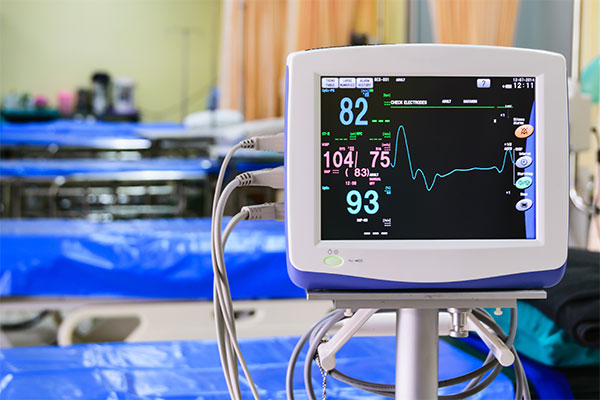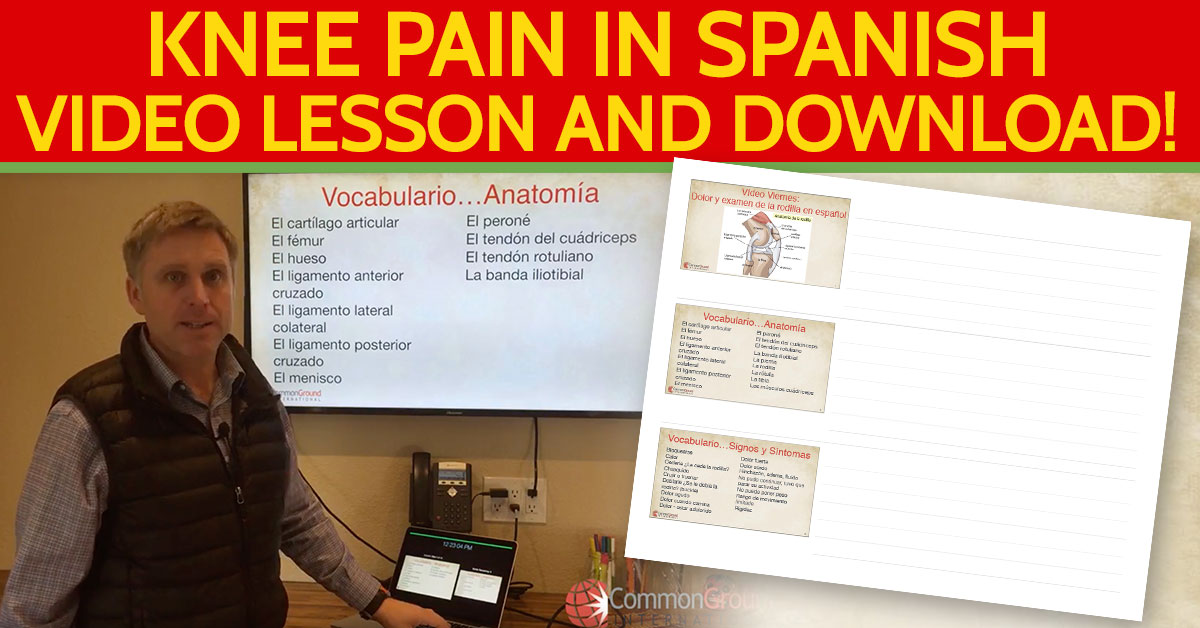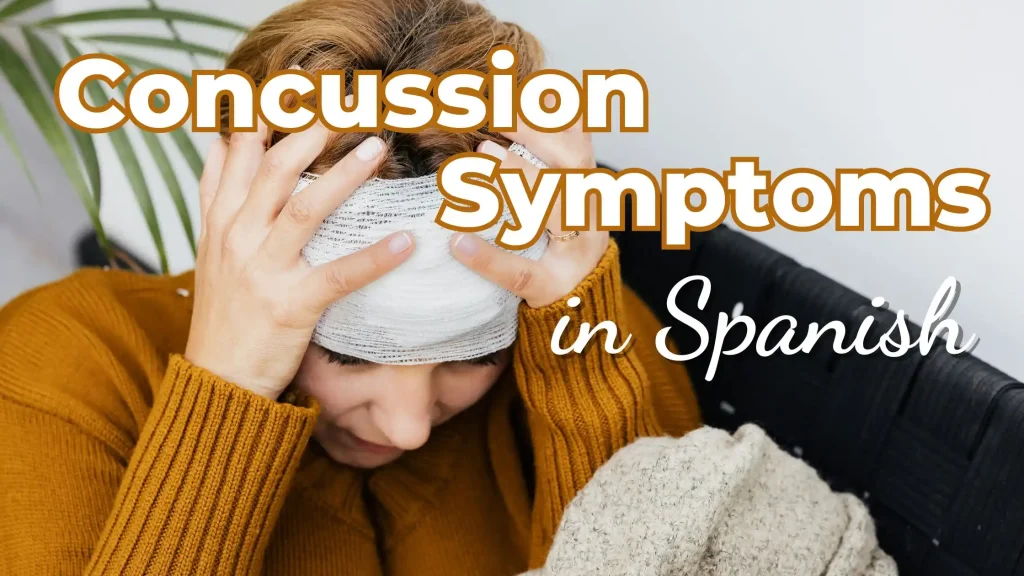This medical Spanish lesson focuses on talking through the Head Eyes Ears Nose & Throat exam in Spanish, also known as HEENT in Spanish.
We use the command tense (imperative) and detail all the right vocabulary to help your Spanish-speaking patients understand what you’re doing and basic results.
The HEENT exam focuses on a portion of the everyday physical exam that you need to be able to communicate. Therefore, we’ve included some helpful information for you to give instructions to your Latino patients and talk through the HEENT exam in Spanish.
Here is the HEENT exam lesson I taught to the Facebook group:
In the video I run through quite a bit of vocabulary for this exam in Spanish. For instance, here is a convenient listing of vocabulary that shows you how to give this HEENT exam in Spanish
A common way to tell your patients what you’re about to do is to use this phrase “I’m going to” or “I need to”. Here are some examples of what you might tell your patients:
- Voy a / necesito examinar
 : I’m going to / I need to examine
: I’m going to / I need to examine - Voy a / necesito chequear
 : I’m going to / I need to check
: I’m going to / I need to check - Voy a / necesito escuchar
 : I’m going to / I need to listen to
: I’m going to / I need to listen to - Voy a / necesito mirar
 : I’m going to / I need to look at
: I’m going to / I need to look at - Voy a / necesito palpar
 : I’m going to / I need to palpate
: I’m going to / I need to palpate - Voy a / necesito revisar
 : I’m going to / I need to review
: I’m going to / I need to review - Voy a / necesito tocar
 : I’m going to / I need to touch
: I’m going to / I need to touch
To finish the above sentences, you need to first be careful to use the proper form of “you” for your patient. If your patient is an adult, you’ll use “Usted”. If your patient is not yet a teenager, it’s usually pretty safe to use the “Tú” form.
| Usted | Tú | Meaning |
| Voy a escucharle los pulmones | Voy a escucharte los pulmones | I’m going to listen to your lungs |
| Voy a examinarle los oídos | Voy a examinarte los oídos | I’m going to examine your ears |
| Voy a tocarle la cabeza | Voy a tocarte la cabeza | I’m going to touch your head |
| Voy a mirarle los ojos | Voy a mirarte los ojos | I’m going to look at your eyes |
| Voy a chequearle la nariz | Voy a chequearte la nariz | I’m going to check your nose |
| Voy a palparle el cuello | Voy a palparte el cuello | I’m going to palpate your neck |
When you’re giving the instruction to your patient (what you need them to do), you’ll use the command tense in Spanish (called the imperative). In other words, here is how to give HEENT instructions to your patients in Spanish using both Usted and Tú forms.
Note: Remember the “h” is always silent in Spanish – and unlearning its pronunciation is tricky even for us pros! Some examples:
- Alcohol
 : Alcohol
: Alcohol - Almohada
 : Pillow
: Pillow - Anhelar
 : To crave
: To crave - Ahogar
 : To drown, to suffocate
: To drown, to suffocate - Cohibir
 : To restrain
: To restrain - Deshinibido
 : Uninhibited
: Uninhibited - Coherente
 : Coherent
: Coherent
Karen’s Perspective
La única excepción para la regla de la H muda en español es cuando va precedida de una C, formando un “dígrafo”, es decir, la unión de dos letras que crean un solo sonido. Algunos ejemplos:
- Choza
 : A hut
: A hut - Chequear
 : To check
: To check - Enchilada
 : You know what it is 😉
: You know what it is 😉 - Charlar
 : To chat, to talk
: To chat, to talk - Chico / chica
 : boy / girl
: boy / girl
Study HEENT exam vocabulary in Spanish with these flashcards
Related Lessons:
How to Take Vital Signs in Spanish
Do you ever have to take vital signs or communicate to your patients about them…
Tú Commands in Spanish for Healthcare and Clinical Interactions with Young Patients
Medical Spanish Tú commands are a little bit tricky. When you work with kids in…
Neurological Exam in Spanish
Learn the vocabulary and common phrasing for the Neurological exam in Spanish! This lesson covers…
33 Verbs & Useful Phrases for the Physical Exam in Spanish
https://youtu.be/RfBXFzK9HVM Subscribe to our YouTube Channel to see all of our lessons and get the…
Usted Commands for Medical Spanish in the Clinic
Giving instructions, suggestions and requesting things is a daily aspect of working with patients. In…
Weight Loss and Management – Anticipatory Guidance in Spanish
In this free Medical Spanish lesson you will learn how to talk about weight loss…
Video Lesson: Knee Pain in Spanish – Symptoms, Exam, and Diagnosis
Here is the Knee Pain in Spanish lesson I taught to the Facebook group: This Medical…













Pingback: Eye, Foot & Kidney Tests in Spanish | Common Ground International Language Services
Pingback: 16 Verbs & Useful Phrases for the Physical Exam in Spanish
Pingback: Screening your Spanish speaking patients for depression